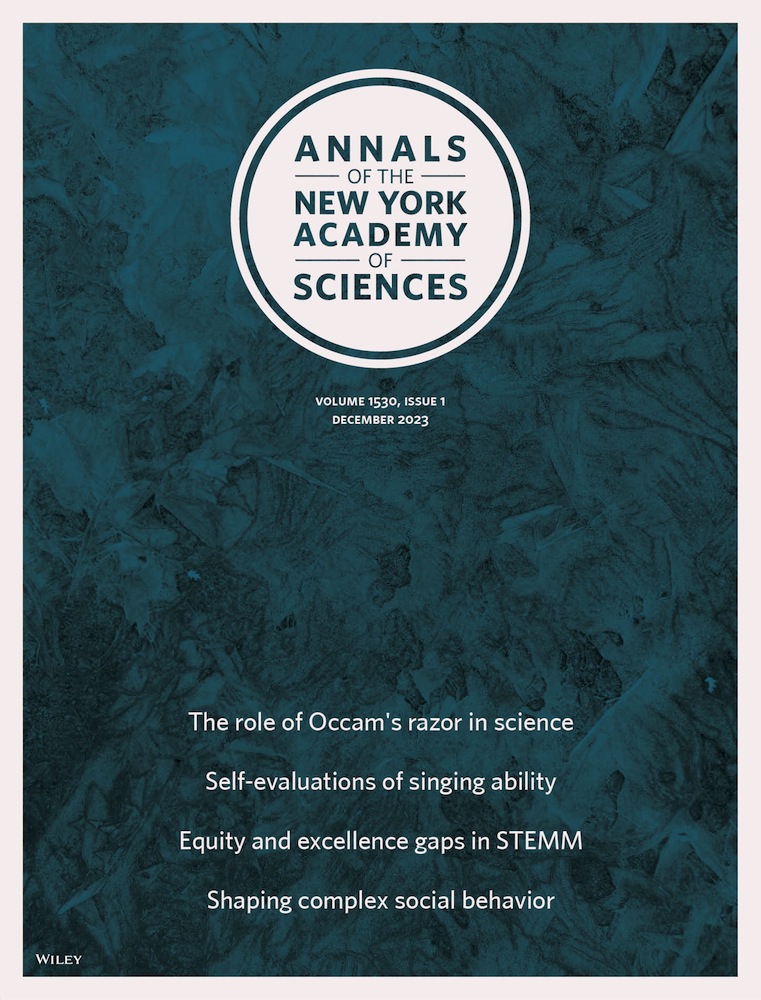Mass spectrometry reveals age‐dependent collagen decline in murine atria
IF 4.1
3区 综合性期刊
Q1 MULTIDISCIPLINARY SCIENCES
引用次数: 0
Abstract
The cardiac atrial extracellular matrix (ECM) is central to age‐associated cardiac remodeling and subsequent decline in cardiac functioning. Despite this, the composition of the atrial ECM and how it changes with age is not yet known. This study utilized mass spectrometry to evaluate the composition of murine atria in young (12 weeks) and old (77 weeks) C57BL/6J mice. The tissue was decellularized, ECM and ECM‐associated proteins were extracted with GuHCl, and proteins were deglycosylated to enable identification of glycosylated peptides. Two hundred and thirty‐seven ECM and ECM‐associated proteins were found to be significantly differentially expressed with age. Some proteins (MMP9, S100A9, VWA3A, CTSD, CCL8) were more than threefold increased with age, proteoglycans were modestly decreased, while the overall collagen content was markedly decreased. STRING network mapping of physical associations predicted that both PLOD3 and PDGFA interact with the collagens that decreased with age. The results suggest that the mechanism behind age‐associated atrial stiffness is not due to an increase in collagen content as previously believed, but an increase in cross‐linking, potentially facilitated by PLOD3. Additionally, several of the significant proteins have not previously been associated with cardiac aging and thus are potential drug targets for age‐associated cardiac fibrosis and other age‐associated conditions.质谱分析显示小鼠心房年龄依赖性胶原蛋白下降
心脏心房细胞外基质(ECM)是与年龄相关的心脏重塑和随后的心脏功能下降的核心。尽管如此,心房ECM的组成及其随年龄的变化尚不清楚。本研究采用质谱法对幼年(12周龄)和老年(77周龄)C57BL/6J小鼠心房成分进行了评价。将组织去细胞化,用GuHCl提取ECM和ECM相关蛋白,并将蛋白去糖基化以鉴定糖基化肽。发现237种ECM和ECM相关蛋白的表达随年龄有显著差异。部分蛋白(MMP9、S100A9、VWA3A、CTSD、CCL8)随年龄增加3倍以上,蛋白聚糖适度减少,整体胶原含量明显降低。物理关联的STRING网络映射预测PLOD3和PDGFA都与胶原蛋白相互作用,胶原蛋白随着年龄的增长而减少。结果表明,与年龄相关的心房僵硬背后的机制并不像以前认为的那样是由于胶原蛋白含量的增加,而是由于PLOD3可能促进的交联增加。此外,一些重要的蛋白质以前没有与心脏衰老相关,因此是与年龄相关的心脏纤维化和其他年龄相关疾病的潜在药物靶点。
本文章由计算机程序翻译,如有差异,请以英文原文为准。
求助全文
约1分钟内获得全文
求助全文
来源期刊

Annals of the New York Academy of Sciences
综合性期刊-综合性期刊
CiteScore
11.00
自引率
1.90%
发文量
193
审稿时长
2-4 weeks
期刊介绍:
Published on behalf of the New York Academy of Sciences, Annals of the New York Academy of Sciences provides multidisciplinary perspectives on research of current scientific interest with far-reaching implications for the wider scientific community and society at large. Each special issue assembles the best thinking of key contributors to a field of investigation at a time when emerging developments offer the promise of new insight. Individually themed, Annals special issues stimulate new ways to think about science by providing a neutral forum for discourse—within and across many institutions and fields.
 求助内容:
求助内容: 应助结果提醒方式:
应助结果提醒方式:


